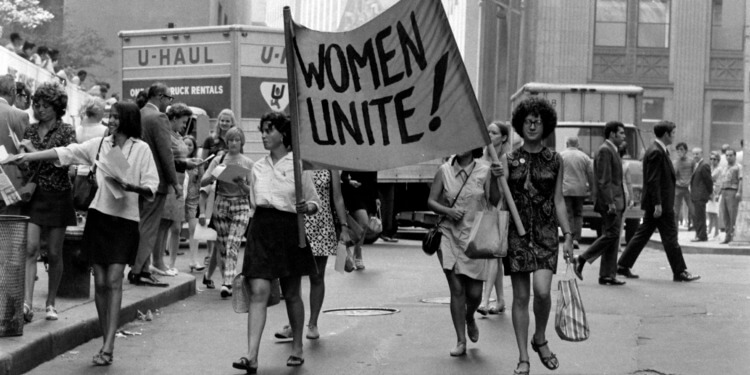This is the first article in collaboration with Fashinnovation, a global platform that bridges the gap between the Fashion Industry and intersecting industries through events, speakers, Brand Directory, HUB, blog and much more!
Every year, on March 8th, we celebrate Women’s International Day. Besides giving flowers and posting positive quotes on the importance of ladies’ role in our society, there are several topics we must raise awareness about.
Nowadays, women’s fight concerns equity, respect, equal rights, fair wages, and much more. But, the first thing that’s essential to highlight is, as Simone de Beauvoir says, “one is not born, but becomes a woman.” In other words, every individual who identifies themselves with the female gender must be considered and respected as one.
International Women’s Day: A Meaningful Celebration Moment
March 8th is the result of many fights women had throughout history.
International Women’s Day is a commemorative date created officially by the United Nations in the 1970s. This date symbolizes the historical struggle of women to have their conditions equal to those of men. Initially, this date referred to the demand for equal pay, but currently, it symbolizes the struggle of women not only against wage inequality but also against machismo and violence.
History
International Women’s Day exists as a commemorative date due to women’s struggle through demonstrations, strikes, committees, etc. Throughout the 20th century, this political mobilization gave importance to March 8th as a moment of reflection and struggle.
However, there’s not a single event that led to this date.
The first story that became well known says that on March 8, 1857, 129 workers died in a fire that occurred in a textile factory in New York City. Supposedly, this fire would have been intentional, caused by the factory owner, as a form of extreme repression of the strikes and uprisings of the workers so that he would have locked his employees in the factory and set them on fire. This story, however, is false and therefore, March 8th is not connected with it.
There is, however, another event that goes back to a fire that actually took place in New York on March 25th, 1911. This fire occurred at the Triangle Shirtwaist Company and killed 146 people, 125 women and 21 men, with most being Jewish dead. This story is considered one of the milestones for establishing Women’s Day.
The fire was caused by the poor working structure of the factory. There were terrible electrical installations associated with the composition of the soil and the factory’s partitions, in addition to a large amount of fabric present in the enclosure, which served as fuel for the fire.
Back then, some factory owners locked their employees in the factory during working hours to contain riots and strikes. By the time Triangle caught fire, the doors were locked and no one could escape.
Labor Movement & March 8th
The event in New York is significant once it highlights the precariousness of work in the context of the Industrial Revolution. This, however, cannot erase the influence of the workers’ struggle and political movements organized by women.
Therefore, it is essential to state that International Women’s Day was not created by the influence of a tragedy but by decades of women’s political engagement to recognize their cause.
In 1910, the II International Congress of Socialist Women took place in Copenhagen. At that event, Clara Zetkin, a member of the German Communist Party, proposed the creation of an International Women’s Day, without, however, stipulating a specific date.
This proposal resulted from both feminism, which was on the rise at that time, and left-wing revolutionary currents, such as communism and anarchism. Clara Zetkin was engaged with campaigns that defended women’s rights in the labor field. Her proposal aimed to enable the labor movement to give greater attention to working women’s causes.
In the USA, the fire of 1911 would come to be suggested as a symbolic day. Most movements demanded improvements in working conditions in factories and, consequently, granting labor and electoral rights (among others) to women.
Several protests and strikes had already taken place in Europe and the United States since the second half of the 19th century. The feminist movement and other women’s associations capitalized on these manifestations, in order to fit them, sometimes, to the revolutionary agenda. This is what happened on March 8, 1917, in Russia.
The year 1917, in Russia, was strongly marked by the revolutionary cycle that overthrew the tsarist monarchy. In this climate of revolutionary agitation, women workers in the weaving sector went on strike on March 8 and demanded the help of workers in the metallurgy sector. This date went down in history as an outstanding achievement of working women and also as a harbinger of the Bolshevik Revolution.
Making March 8th The Official Date
After the Second World War, March 8th gradually became the main symbol of tribute to women – due to the Russian strike. It was also associated with March, from then on, the fire in New York, which took place on the 25th, as previously mentioned.
From the 1960s, the celebration of March 8 had already become traditional. Still, it was only made official by the UN in 1975, when that organization declared the International Year of Women to combat inequalities and gender discrimination. All around the world. Then, March 8 became the official International Women’s Day.
As stated by the UN, this year’s theme is “Gender equality today for a sustainable tomorrow.” It stands as a recognization of the contribution of women and girls around the world, who are leading the charge on climate change adaptation, mitigation, and response, building a more sustainable future for all.
Women & The Fashion Industry
It is essential to emphasize the presence of women in the textile industry: weaving (fabric production) and confection (clothing sewing) have always been seen as female crafts, often having less prestige than male tailoring.
During the First Industrial Revolution, women made up the majority of factory workers. Data show that about 77% of the workforce in 1830 in England was made up of women and children, as their labor was cheap and plentiful. In this context, the exploitation of the working class was allied to gender violence: the workers were subjected to, in addition to unhealthy work and 12-hour working hours, wage inequality in relation to their male peers and sexual harassment.
Many of these textile workers were part of the first great feminist wave, which spread to several countries in the late 19th century.
Today, women are still part of the vast majority of the weaving and clothing sector. Unfortunately, the textile sector is repeatedly denounced for recruiting women victims in slave labor conditions. Therefore, fighting to end labor exploitation within this industry is fundamentally a feminist fight.
Fashion Icons & Inspirations
Throughout fashion history, several women have been inspirations and examples of fight and strength. Using ethical labor practices, these female designers contribute to a safer global landscape. Check out some of these iconic names below:
Ann Lowe
As the first recognized African-American fashion designer, she created a whole path for every Black designer that came after her. Lowe’s designs were a favorite among high society in the 1920s to 1960s.
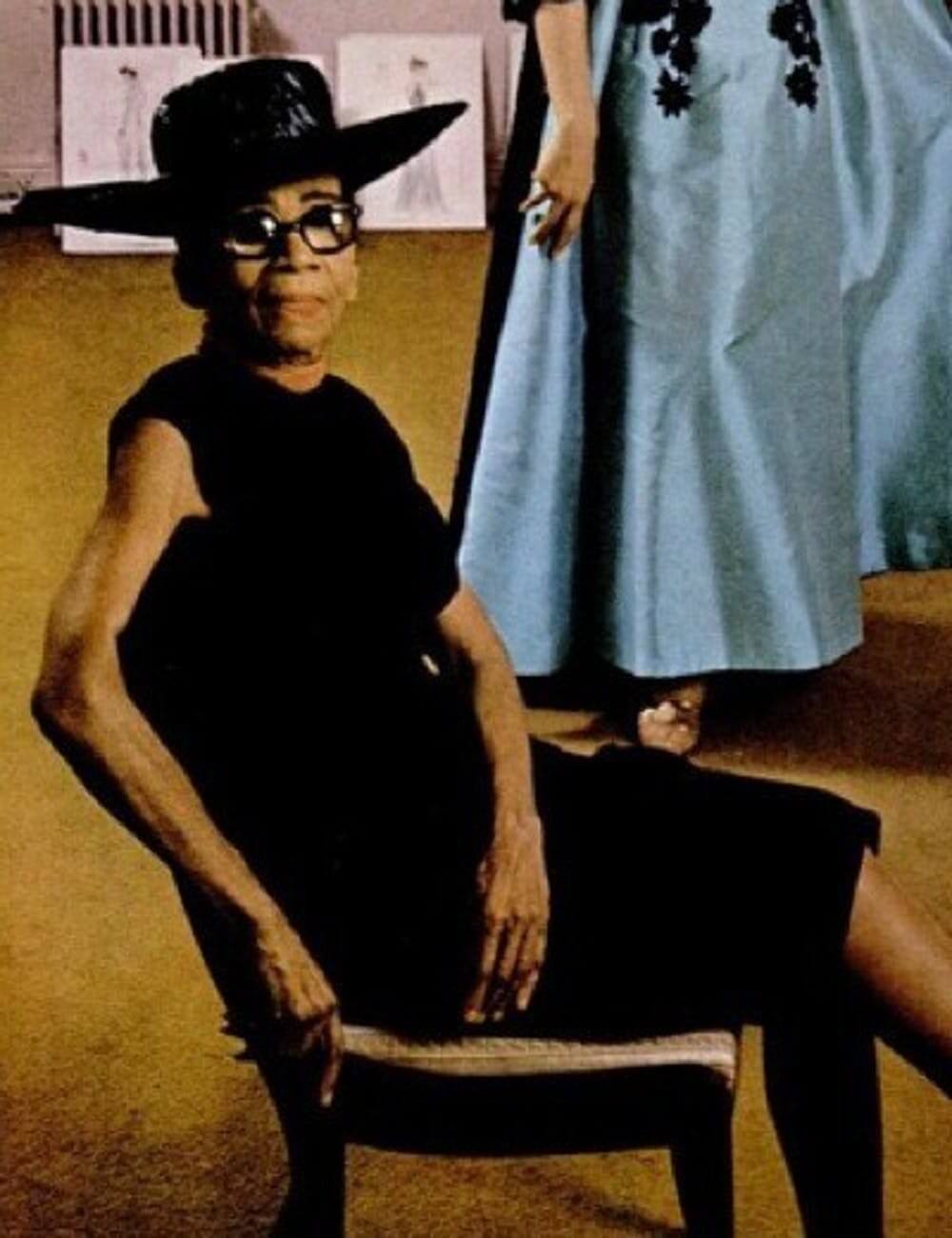
Vivienne Westwood
British stylist responsible for modern punk and new wave fashion. She is one of the strongest and most influential figures in the fashion world.
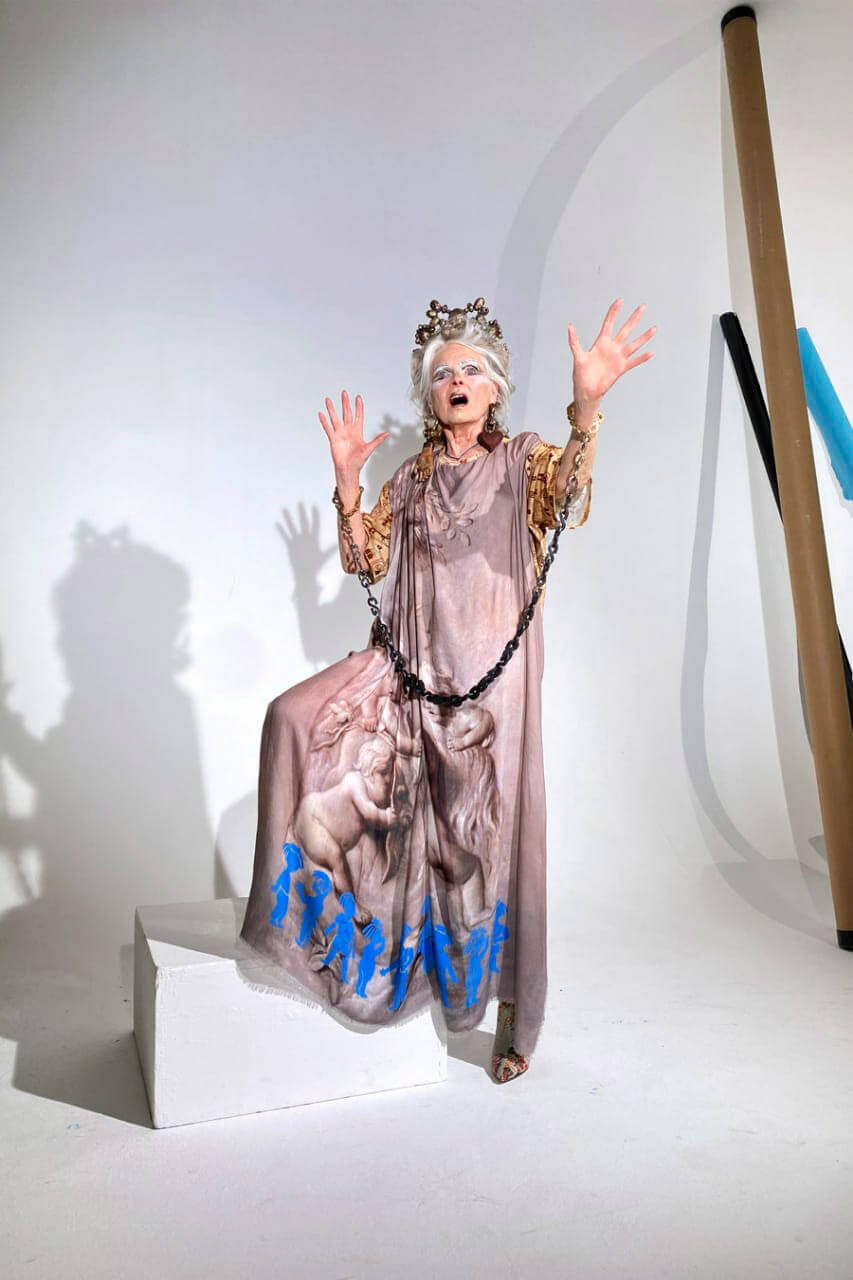
Miuccia Prada
She is the chief designer at Prada and the founder of Miu Miu. She is also the youngest granddaughter of Mario Prada, the artisan who founded the Prada in 1913.

Norma Kamali
She is an iconic name in fashion and is known for her innovative classic, timeless style approach.

Gabriela Hearst
Uruguayan based in New York, Gabriela is one of the important names in sustainable fashion.

Anita Dongre
She has been at the forefront of Indian fashion for over 20 years, creating one of India’s most successful fashion houses.
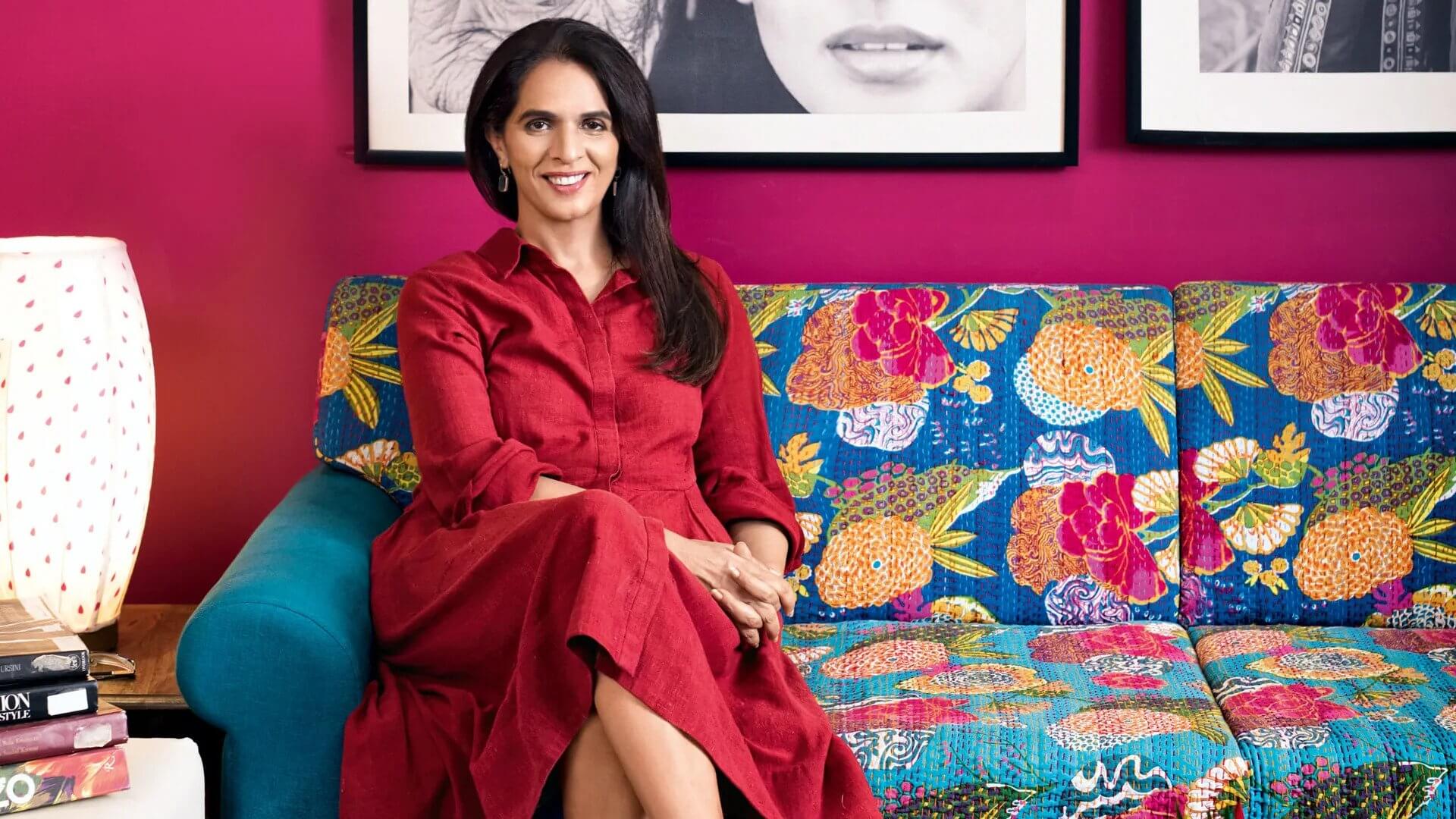
Stella McCartney
She brings awareness to the fashion industry and is the founder of the first luxury house to never make clothes with leather, feathers and fur.

Rei Kawakubo
She is the founder of Comme des Garçons and one of the most admired contemporary fashion designers.
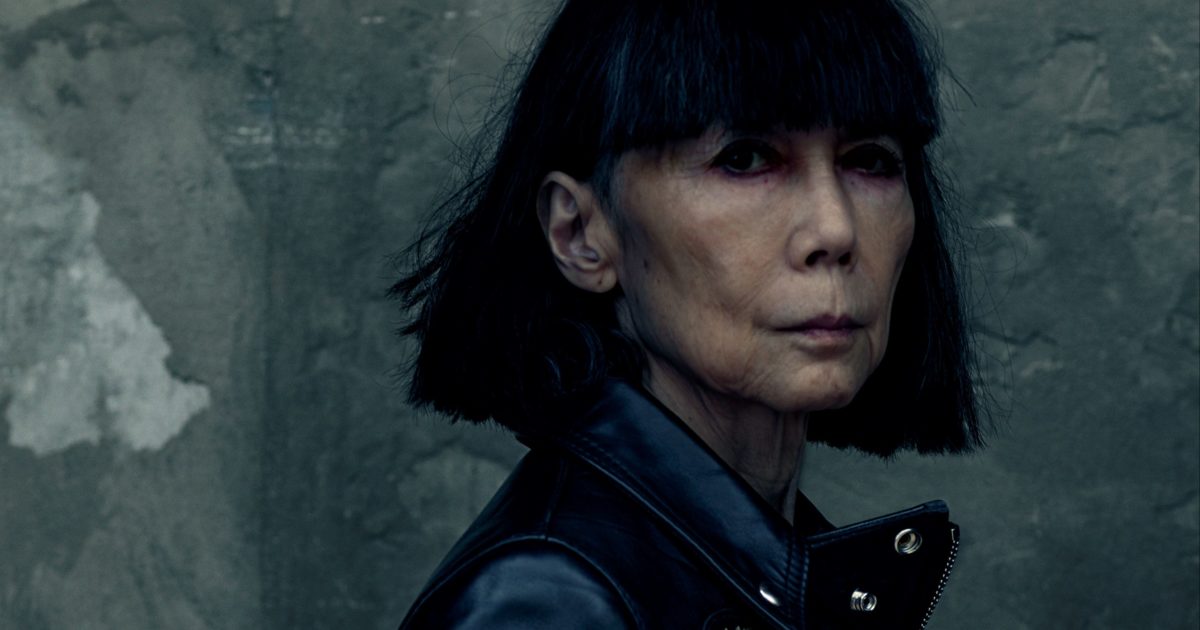
Rihanna
Founder of luxury label Fenty, became the first Black woman to head an LVMH-owned brand. Though the brand closed in 2021, she has influenced the market with Savage x Fenty, Fenty Beauty, and Fenty Skin.
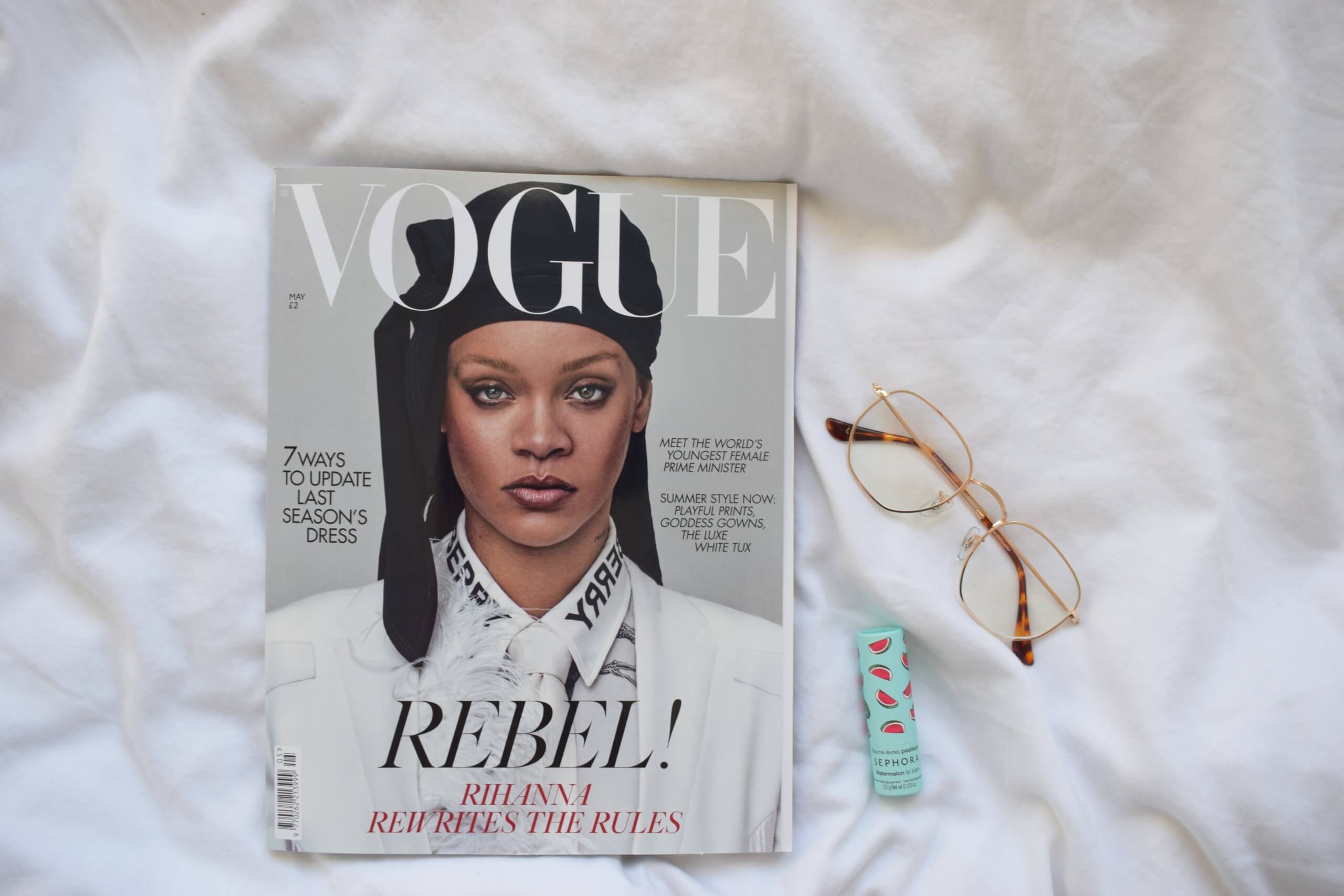
Do you want your sustainable, size-inclusive and/or ethical brand to be featured on Fashinnovation’s platform? Check this link and join their growing Brand Directory.
Editor’s Note: The opinions expressed here by Impakter.com contributors are their own, not those of Impakter.com. — Featured Photo: Women protesting Source: Time Magazine


